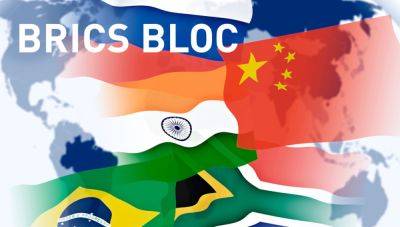Heatwave crisis bearing down on developing Asia
In April 2024, extreme heat hit South and Southeast Asia, affecting nations like India, the Philippines, Bangladesh, Indonesia, Malaysia, and Myanmar. These heat waves severely impacted some of the world’s most densely populated regions, taking a heavy toll on health, the economy, and education.
In May and June, tens of millions of people faced dangerous heat. India had its longest heat wave ever, starting in mid-May. In northern India, temperatures rose above 45 degrees Celsius (113 degrees Fahrenheit), with some areas exceeding 50 degrees Celsius (122 Fahrenheit). Official reports in May mentioned 56 heat-related deaths between March and May, but the real number is probably higher because rural deaths often aren’t reported.
Myanmar has faced unprecedented high temperatures in several townships, including Magway, Mandalay, Sagaing, and Bago divisions. Cambodia has recently experienced its highest temperatures in 170 years, reaching up to 43 degrees Celsius (109 Fahrenheit).
In northern Thailand, temperatures soared above 44 degrees Celsius (111 Fahrenheit), while Bangkok saw temperatures exceeding 40 degrees Celsius (104 Fahrenheit). In 2024, Thailand’s summer, which typically runs from late February to late May, was 1–2 degrees Celsius hotter than the previous year, with rainfall below average.
Through May 10, 2024, at least 61 people in Thailand died from heatstroke, compared to 37 deaths throughout the entire previous year.
The intense heat has caused disruptions in education and labor productivity. In the Philippines, authorities instructed millions of students to stay home by suspending in-person classes for two days. The Department of Education directed more than 47,000 public schools to shift to online lessons.







